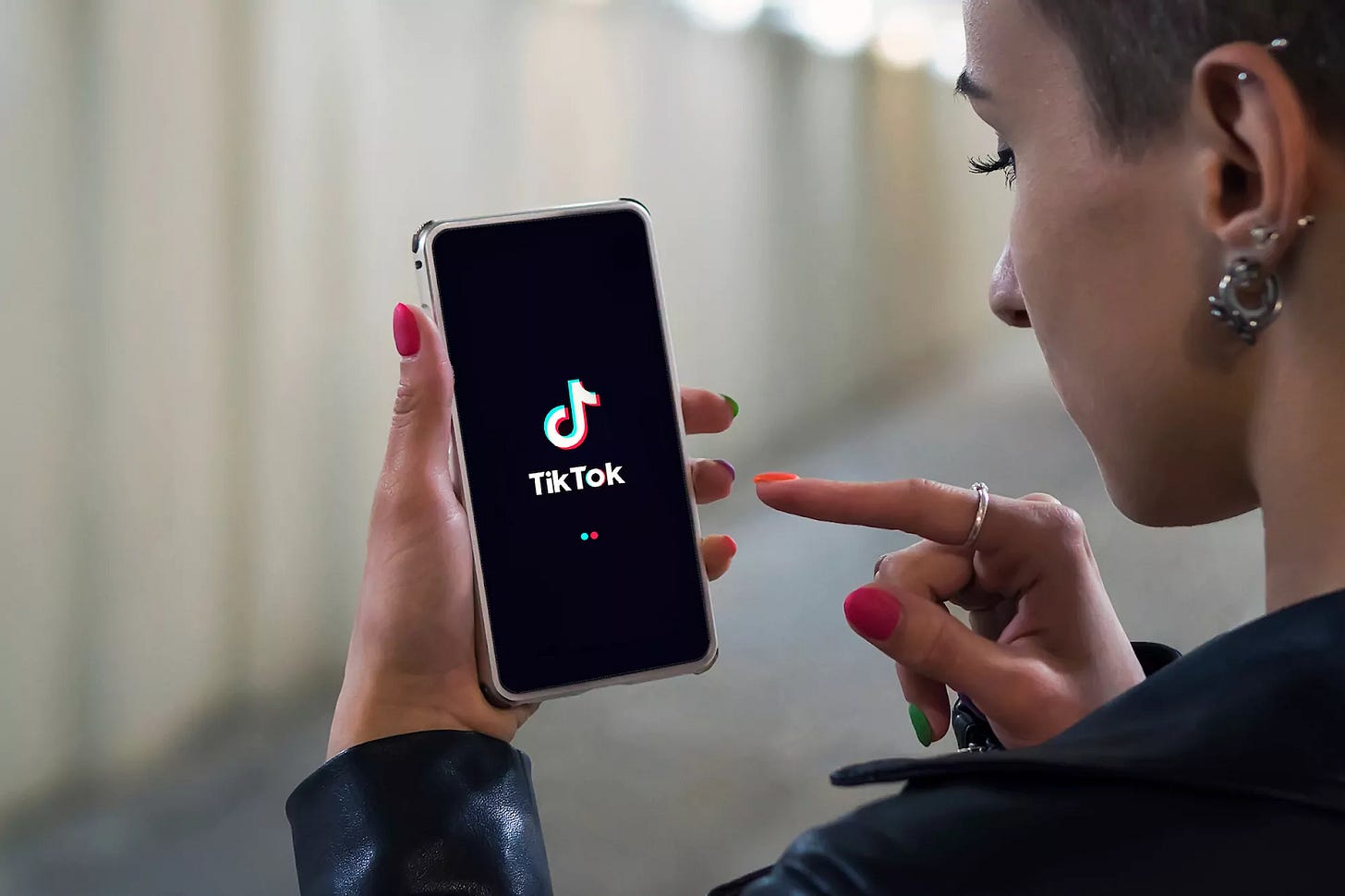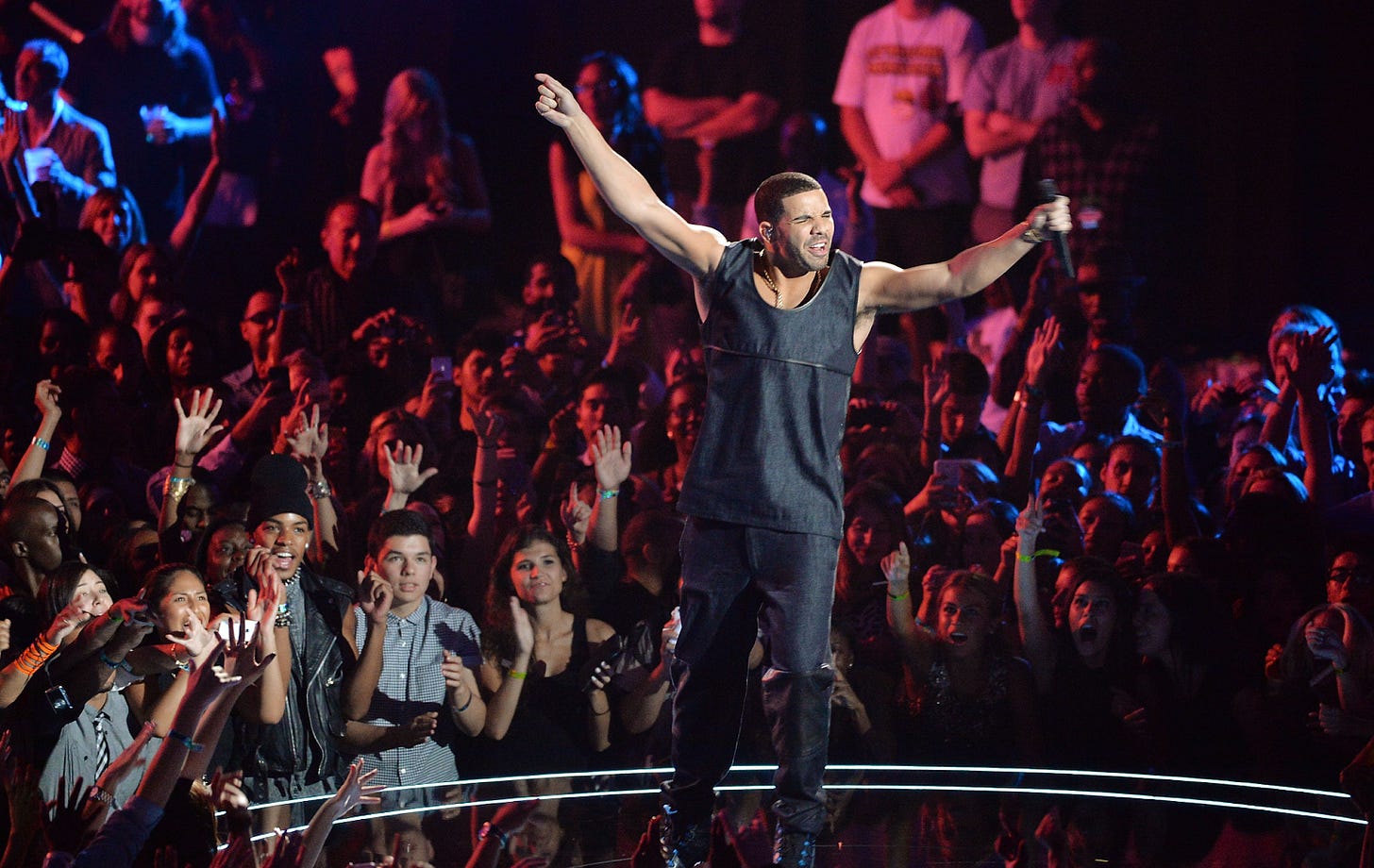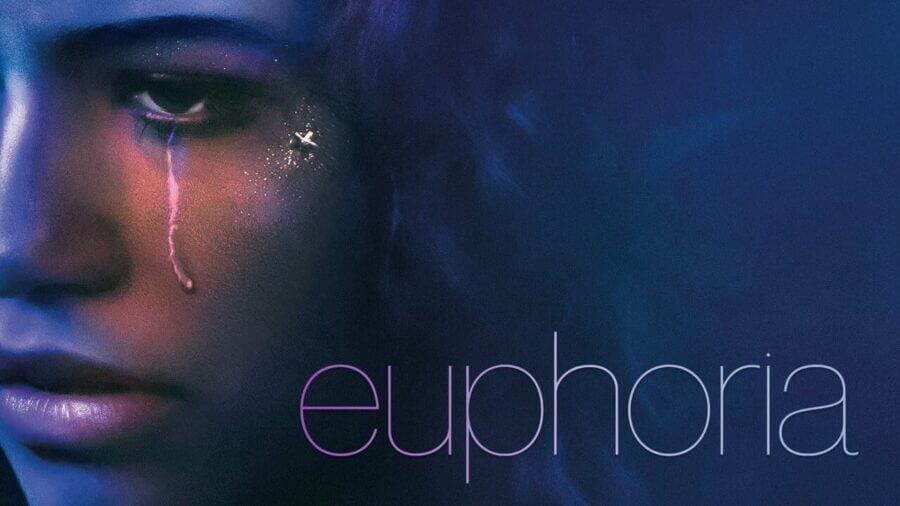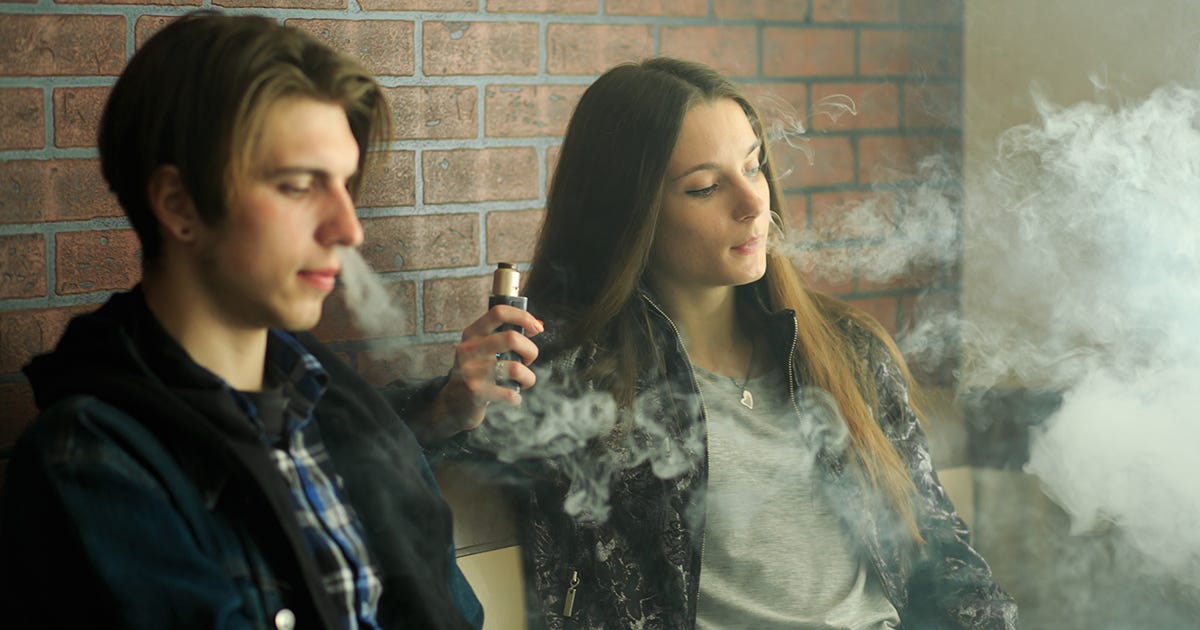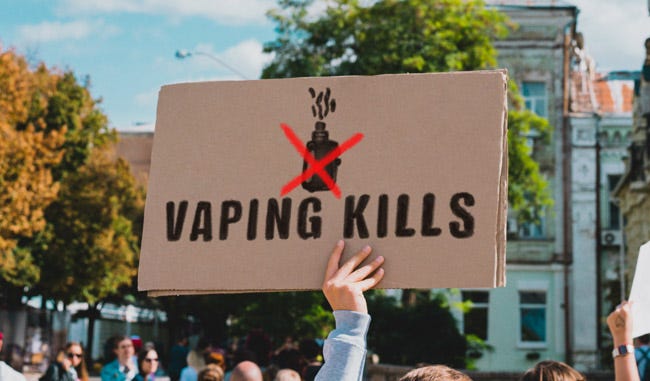WP3
Youth Consequences of the Media Glorifying Vaping
Part 1
Open Letter
1 November 2023
Cole McMahon
Dear Vapers - Loved Ones of Vapers - Or Any Caring Human,
The phenomenon of vaping has penetrated contemporary youth culture, riding on the back of a pervasive media landscape that seems to glamorize its use. The following will delve into the consequences faced by young individuals, as a result of the media’s glorification of vaping. I will explore how the portrayal of vaping in various media forms including social media, music, and television show a harmless, even stylish, alternative to traditional smoking. This has impacted the perceptions, attitudes, and behaviors of young audiences. Evidence will also be examined to unravel the complex tapestry of physical health risks, mental health effects, and shifts in youth norms that have been precipitated by this media-driven narrative. By confronting the disconnect between the glorified image of vaping and its real-world repercussions, I aim to shed light on the pressing need for a critical action on how media influences shape the lives and choices of the younger generation. Currently, 27.5% of high school students and up to 40% of college students use vapes. If you are or have loved ones a part of these media induced statistics, you deserve to know what is happening.
Let’s start with social media, particularly TikTok. The platform has emerged as a cultural juggernaut, especially among younger generations attracted to its unique blend of short video content, algorithmic precision, and a user-friendly interface. This immersive experience at the fingertips of almost every adolescent serves as a significant aspect of their social lives and cultural identity.
While many good things can come from the app, that is not what I am here to talk about. OOPS THE PODCAST, a production examining everyday life, posted a viral video of a Maddy Smith talking about the feeling she receives after hitting her vape. The comedian excitedly says “One hit of the vape I’m like Hellllooooo, I am feeling good!” and that she is “moving and grooving!”. This depiction of vaping as a trendy and pleasurable behavior leads to curiosity and experimentation among younger viewers. This isn’t the youths fault, tendency to see and desire is a fundamental aspect of our nature. It is what drives us to emulate behaviors observed in others, especially when they are presented as rewarding.
(California Department of Public Health)
What the video obviously doesn’t allude to is the potential health issues and addiction that can come from the act. An episode on The Huberman Lab podcast explains that vaping is directly connected to an extreme increase in the probability of stroke, peripheral vascular disease, heart attack, and cognitive decline. Huberman even stresses that vaping is just as addictive as crack cocaine. This is the dilemma, our younger generations are constantly seeing social media posts glorifying this epidemic while their lives are unknowingly being destroyed. But hey, the studies from neuroscientists at Stanford (Huberman) and other scientific research don’t go viral on TikTok.
Let’s talk about music. When doing so it’s almost impossible to not bring up Drake, a record-breaking artist with streaks on almost every chart across the globe. His mastery of lyrics, wordplay, and storytelling has solidified him as one of the best hip-hop artists ever and an icon in the eyes of the younger generation. While Drake’s music has benefited so many lives, some of his lyrics only add to our problem. In his hit song “Jumbotron Shit Poppin” he sings the very catchy line, “She’s vaping in my room, that shit lit up like a glow lamp”. This lyric that glamorizes vaping can normalize the behavior, embedding it into the aspirational lifestyle that is often associated with popular music artists like Drake. This lyrical endorsement doesn’t outline the risks of vaping but rather aids its appeal and even acts as permission for teens to engage in the activity. Makes sense though right? Pick up a vape and you can be appealing, rich, and popular like Drake.
This song and others like it wouldn’t dare mention the mental health implications vaping has on younger generations, it’s not trendy enough. An academic article by BMC Public Health demonstrates the association between increased rates of depressive symptoms and other internalizing mental health disorders. Adolescent brains are still developing and the cycle of cravings and withdrawal can increase or contribute to stress, anxiety, and depression. The messed up part of this cycle is that teens will mask their mental health issues by falling back on the temporary relief of vaping. This is extremely dangerous and keeps them from properly addressing and managing their issues.
Now Television. Easy access, compelling content, and cultural resonance cement television shows as a cornerstone of youth popular culture in the digital age. Shows like “Euphoria” captivate younger generations by representing their struggles and aspirations with openness that's both challenging and comforting. These influential shows have also joined the destructive media glorification of vaping by increasing the amount of characters that vape. For instance, a Cision PR Newswire article reported that Euphoria had over 67 depictions of vaping over the eight episodes of its first season. The portrayal of characters who vape, especially those who are considered attractive or who hold a certain social status, can encourage the activity. Youth individuals are attracted to the desirable traits seen in their favorite show's characters such as rebelliousness, coolness, and sophistication. When these admiral characters are seen vaping it can cause a very destructive thought that these traits can be gained by vaping. This was confirmed in a recent conversation with an anonymous close friend of mine who said, “when I see my favorite actor or celebrity vaping, I don’t feel bad about doing it myself”. These implicit endorsements of vaping not only dangerous, they are real
The physical and mental consequences have been touched on, but there are more dangerous implications vaping has on youth norms. The New England Journal of Medicine has an academic article discussing the association vaping may have with other risky behaviors. Sexual activity, substance-use, and violence are all behaviors kids who vape are more likely to engage in. This happens because of the psychological pattern of seeking pleasure or coping with stress that is caused from vaping. A gateway is opened when the vape isn’t doing enough to combat these issues and almost forces teens to look for stronger alternatives. Health aside, the glorification of vapes in the media is altering our youth’s norms and way of life that will have drastic consequences on their futures.
So what now? A multifaceted approach is required to stop the glorification of vaping in the media. We must engage public health agencies, policy makers, and the media itself in a team effort to reshape the public perception of the activity. An article by Truth Initiative displays the strides that have been made through leveraging social media, television, and other online platforms. Using the same media channels that glorify vaping, they have pushed out campaigns with counter messages that highlight the detrimental consequences of the act. They have seen success with the use of hard hitting and even disturbing visuals in tune with personal testimonials from retired vapers. Similarly, UNDO published a piece documenting a TikTok trend that exposes the health dangers of vaping. Stories are shared of young kids who received collapsed lungs and hospitalization due to vaping, sending a strong message of how harmful it is. It is time to amplify these counter-narratives and take a critical step in the fight against the media’s glorification of vaping. We must turn the table and encourage more raw and honest examples of the negative repercussions of vaping to penetrate the media landscape. It won’t be an easy fight to expose these truths, but the future of our younger generations depend on it.
Sincerely,
Cole McMahon
Bibliography
Center for Health Communities. 2023. California Department of Public Health, https://www.cdph.ca.gov/Programs/CCDPHP/Pages/Vaping-Health-Advisory.aspx
Drake. “Jumbotron Shit Poppin.” Her Loss, OVO Records, 2022. Spotify, https://open.spotify.com/track/2ZlABhxMMa43COmZ97kKsJ?si=a-DDRmuvT--UKlnw6Dtvgg
Dunworth, James. Playing into the tobacco industry’s hands. 2021. E-Cigarette Direct,
Farrel, Kayla., et al. “Passive exposure to e-cigarette emissions is associated with worsened mental health.” BMC Public Health, 2022, https://bmcpublichealth.biomedcentral.com/articles/10.1186/s12889-022-13470-9 Accessed 1 Nov. 2023.
Hines, Kristi. diy13/Shuttersock. 2023. Search Engine Journal, https://www.searchenginejournal.com/tiktok-stem-feed/482258/#close
“Industry Influencer: how tobacco content is infiltrating social media.” Truth Initiative, 20 July 2023, https://truthinitiative.org/research-resources/tobacco-pop-culture/industry-influencer-how-tobacco-content-infiltrating-social
Lavarone, Kristina. “Vaping statistics 2023.” The Checkup by SingleCare, 21 September 2023, https://www.singlecare.com/blog/news/vaping-statistics/
Levinson, Sam, creator. Euphoria. A24 Films, 2019, MAX, https://www.max.com/shows/euphoria/4ffd33c9-e0d6-4cd6-bd13-34c266c79be0
Lilah, Rose. Tyga Calls Drake a “Bitch” on Twitter. 2015. Hot New Hip Hop, https://www.hotnewhiphop.com/29371-tyga-calls-drake-a-bitch-on-twitter-news
Max Productions. Euphoria Cover. 2019. The Runner, https://therunneronline.com/30496/opinion/hbo-euphoria-criticized-over-unneccessary-nudity/
“Nicotine’s Effects on the Brain & Body & How to Quit Smoking or Vaping.” Huberman Lab, 10 September 2022, https://open.spotify.com/episode/4B5w86VCJnnxnd5D50ajKn?si=521017b5c5774790
OOPS! [@oopsthepodcast]. “We are moving and grooving #vape.” TikTok, 24 March 2023, https://www.tiktok.com/t/ZPR7E7bSd/
OSF Healthcare. Vaping Poses High Risk For Teen Hearts. 2020. OSF Healthcare, https://www.osfhealthcare.org/blog/vaping-poses-high-risk-for-teen-hearts/
Smoke Free Teen. Anxiety, Stress, and Vaping. 2023. Smoke Free Gov, https://teen.smokefree.gov/quit-vaping/anxiety-stress-vaping
“Straight To Vape: New Truth Initiative Study Finds That Pervasive Tobacco Imagery In Popular Show Poses New Threat, Making Youth More Prone To E-Cigarettes Use.” Cision PR Newswire, 2 September 2020, https://www.prnewswire.com/news-releases/straight-to-vape-new-truth-initiative-study-finds-that-pervasive-tobacco-imagery-in-popular-shows-poses-new-threat-making-youth-more-prone-to-e-cigarette-use-301123202.html
“TikTok trend exposes health dangers of vaping.” Undo, End Tobacco Damage Now, 19 December. 2022, https://www.undo.org/addicting-kids/social-media-exposes-health-dangers-vaping-tobacco-products. Accessed 1 Nov. 2023.
“Youth vaping and associated risk behaviors — A snapshot of colorado.” The New England Journal of Medicine, vol. 380, no.7, 2019, pp. 689-690. ProQuest, https://doi.org/10.1056/NEJMc1900830. Accessed 1 Nov. 2023.
Part 2
The genre I chose for this assignment was an open letter to the media and anyone who is or knows someone affected by vaping. The piece was meant to be both critical, but also educational because the glorification of vaping in the media is not something that most people are aware of. I chose to write in this genre in order to give myself the ability to come off as raw and direct toward my stance on the topic. Throughout the process of writing I tried my best to show the media’s wide array of vape glorifications seen in social media, music, and television. In between each of these examples I made sure to highlight the truths about vaping that are important for everyone to know, ending with a call to action that is much needed.
One of the most important stylistic conventions needed in an open letter is a clear purpose. I made sure to make this evident by outlining a claim that the media’s glorification of vaping is having detrimental consequences on younger generations. A formal tone is also important when creating an open letter, even when trying to push an argument to a broad audience. The majority of my work uses a very academic and concise language in order to make my argument clear. With that being said, instances of my paper include a more casual tone in order to give the audience a taste of my personality and authenticity. Open letters also include a direct address to whom it is written for. This creates a sense of urgency and intimacy with readers which I clearly do by stating “If you are or have loved ones a part of these media induced statistics, you deserve to know what is happening”.
The last three main stylistic conventions needed in an open letter are a structured argument, evidence, and a call to action. This allowed myself as a writer to lay out my position clearly, support my position, and ask readers to take specific action. As stated before, this was done by alternating between examples of the media glorifying vaping and truths about the destructive outcomes of vaping. Within these examples I provided clear evidence from an array of sources including videos, songs, tv shows, podcasts, academic articles, and websites. After educating my readers on the argument, my call to action asked for “more raw and honest examples of the negative repercussions of vaping to penetrate the media”. Evidence from an academic source proved that this has been working, but needed to be reached by a larger audience.
Formatting conventions are also important in an open letter. These include a heading, salutation, introduction, body conclusion, and closing. Having never written this type of letter, I thought that following this outline as close as possible would benefit me the most. I quickly realized that this was the best way to write to my broad audience, raise awareness about the situation, and persuade my reader’s opinions. Having a targeted outline of what I wanted to accomplish really helped my writing process and allowed the vision in my head to come to life.
Depending on the intent and subject matter, open letters are usually addressed to a wide range of audiences. In general, this can be anywhere from public officials, general public, specific communities, corporations, fans, educational bodies, media outlets and specific individuals. The audience that I chose to target was anyone who has been affected by vaping, anyone who knows someone that has been affected, and anyone with the ability to drive change towards the subject. Knowing this, my specific audience includes public officials, the general public, the specific vaping community and their loved ones, corporations, educational bodies, and media outlets. These people should be exposed to the truth about the consequences our youth generations are facing because of the media’s glorification of vaping. They are also the people with the ability to jump start change and reverse the narrative around this epidemic. Each of these groups are vital parts to our society and can all jump start change in their own specific ways. The main point was to reach as many people as possible in order to bring people together in masses to fight this media induced issue.
The last thing I would like to say about my work is how entertaining it was to explore a different genre. Having the freedom to write in any way I wanted allowed my creative side to come out and make writing feel less like a chore.


